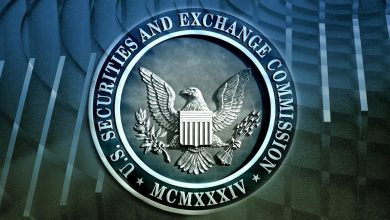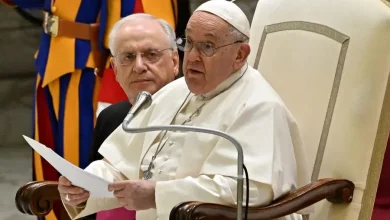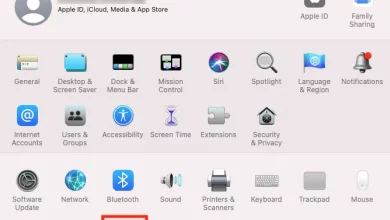AI-generated art and NFTs Technology (All You Need to Know)
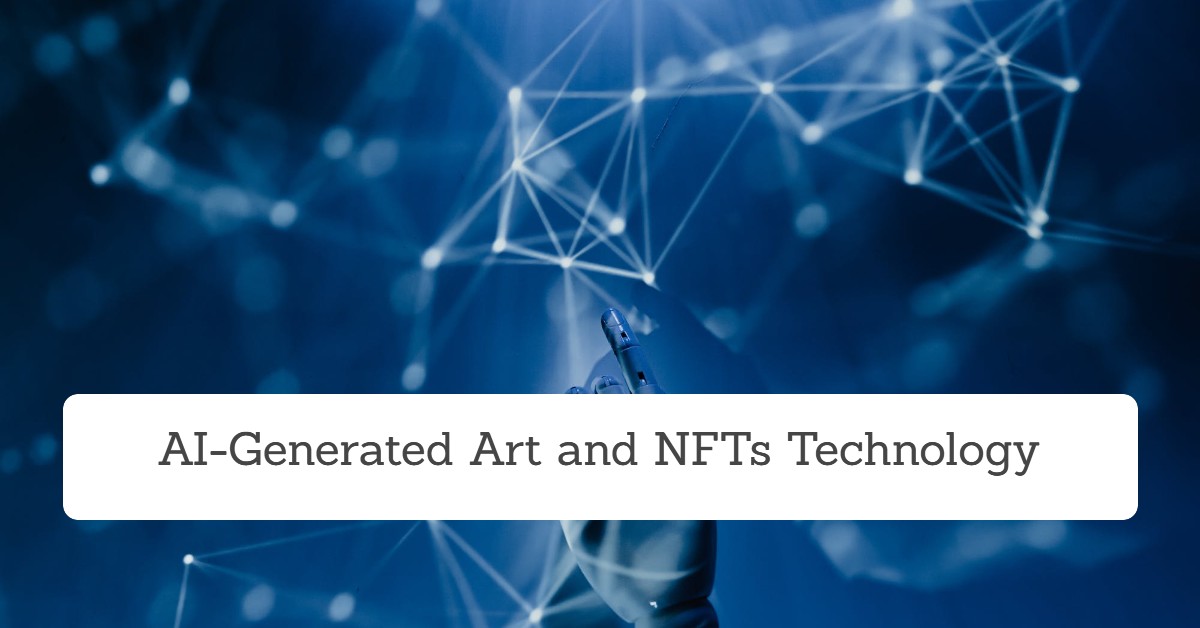
AI-generated art and NFTs Technology: Art and technology have always been intertwined, and with the rapid advancements in artificial intelligence (AI) and the emergence of non-fungible tokens (NFTs), the landscape of the art world is undergoing a significant transformation.
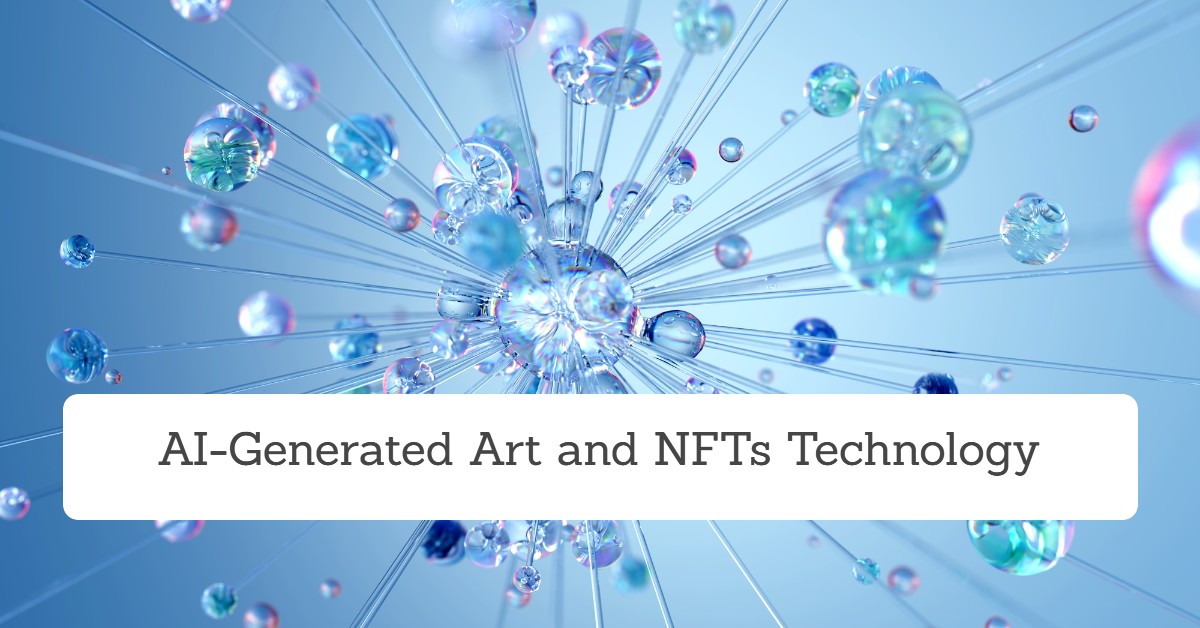
AI is revolutionizing the creation, preservation, and analysis of art, while NFTs are disrupting traditional art market models. EnoughInfo.com
Additionally, immersive experiences and digital platforms are changing how art is experienced and shared. In this essay, we will explore the multifaceted relationship between art and technology, from AI to NFTs, and the implications they have for the future of the art world. Ai: How Ai Affecting The Future Of Medical Science
AI-generated art and NFTs Technology (FAQs & Answers)
1. What are some benefits of AI-generated art and NFTs in the field of art and design?
Some benefits of AI-generated art and NFTs include enabling artists to explore new creative possibilities, providing a platform for artists to sell and monetize their digital art, and increasing accessibility and exposure for artists.
2. What are some concerns about AI-generated art and NFTs in the field of art and design?
Concerns about AI-generated art and NFTs include questions about authenticity, sustainability, and the potential for fraud and speculation in the art market. Additionally, debates about the role of human artists in the creative process have arisen with the rise of AI-generated art.
3. How can artists, designers, and art enthusiasts stay informed about the latest developments in art and technology?
To stay informed about the latest developments in art and technology, one can follow reputable art and technology news sources, participate in online communities and forums, attend conferences and workshops, and engage with artists and experts in the field through social media and other online platforms.
AI-generated art and NFTs Technology – KEY POINTS
Key Point 1
Artificial intelligence (AI) has emerged as a powerful tool in the realm of art, transforming various aspects of the creative process. AI algorithms can now generate original artwork, compose music, and even create poetry. Artists can leverage AI-powered tools to assist in ideation, visual creation, and market analysis.
For instance, AI can analyze data to predict art market trends, helping artists and collectors make informed decisions. Additionally, AI has been used to restore and preserve artworks, reconstruct lost pieces or repair damaged ones.
One of the most significant applications of AI in art is the creation of “AI-generated art,” which involves using machine learning algorithms to generate visual or auditory art pieces. Artists can train AI models with large datasets of existing artworks, and the AI can then generate new, unique pieces based on the patterns it has learned.
This has sparked debates about the definition of art, authorship, and originality, as AI-generated art challenges traditional notions of creativity and human authorship.
Key Point 2
Non-fungible tokens (NFTs) have also emerged as a disruptive technology in the art world. NFTs are digital tokens that represent ownership of a unique digital asset, such as digital art, music, or other digital content. NFTs use blockchain technology, which provides a decentralized and transparent way to verify ownership and provenance of digital assets. They have gained attention for their potential to revolutionize how artists are compensated for their work and how digital art is bought, sold, and collected.
NFTs have provided new opportunities for artists to monetize their digital creations, allowing them to sell digital art as unique assets with proven ownership. NFTs also enable artists to receive royalties every time their artwork is resold, providing ongoing income streams. How to create an investment plan (2023 Guide)
This has created a new paradigm for the art market, allowing artists to retain more control over their creations and how they are bought and sold. However, NFTs also raise concerns about environmental impact, as blockchain technology requires significant energy consumption for its operation. There are also concerns about the potential for fraud and speculation in the NFT market, as well as questions about the long-term value and legitimacy of digital assets represented by NFTs.
Key Point 3
Art and technology have also intersected in the realm of immersive experiences. Virtual reality (VR) and augmented reality (AR) have been used to create immersive art installations, allowing viewers to step into virtual worlds or experience art in new and interactive ways.
Artists can create virtual galleries where audiences can explore and experience artworks in a digital environment. AR technology has also been used to overlay digital art on physical spaces, blurring the lines between the virtual and physical worlds.
Moreover, technology has transformed the way art is consumed and shared. Social media platforms have become powerful tools for artists to showcase their work, connect with audiences, and promote their art globally. Artists can leverage digital platforms to reach a wider audience, gain recognition, and even sell their artwork directly to collectors. How to use chat gpt for blogging to Make $70,000 Per Month?
How NFT art/AI art has grown in significance in the field of art and design
NFT art and AI art have grown in significance in the field of art and design in several ways.
First
NFT art has gained prominence as a new form of digital art ownership and monetization. NFTs provide a way for artists to create unique digital assets that are verifiable on the blockchain, establishing ownership, provenance, and royalties. This has given artists a new means of monetizing their digital creations, which was previously challenging in the largely digital and easily reproducible art world.
NFT art has gained traction among collectors and investors, with high-profile NFT art sales making headlines globally. This has led to increased recognition and acceptance of NFT art as a legitimate form of artistic expression, bringing digital art to the forefront of the art market.
Second
AI art has grown in significance as a transformative force in the creative process. AI algorithms are capable of generating original artworks, music, poetry, and other forms of creative content. This has expanded the possibilities of artistic expression, pushing the boundaries of traditional artistic techniques and styles.
Artists can now collaborate with AI, leveraging its computational power and capabilities to augment their creative process and explore new artistic directions. This has led to the emergence of hybrid artworks that combine human creativity with AI-generated elements, blurring the lines between traditional and AI-generated art.
Furthermore, AI has also been used in art restoration and preservation, allowing for the reconstruction of lost or damaged artworks. This has revolutionized the field of art conservation, providing new tools and techniques for restoring and safeguarding cultural heritage.
Moreover, the integration of technology in the art and design space has transformed how art is experienced and shared. Immersive experiences, such as virtual reality and augmented reality, have created new ways for audiences to engage with art, allowing for interactive and immersive installations, virtual galleries, and augmented reality overlays on physical spaces. How to Keep a Conversation Going (Top Tips 2023)
Digital platforms and social media have also become powerful tools for artists to showcase their work, connect with audiences, and promote their art globally, amplifying the reach and impact of their creations.
Conclusion
AI-generated art and NFTs Technology: In conclusion, Art and technology, including AI-generated art and NFTs, have grown in significance in the field of art and design. They have democratized access to art, provided new ways for artists to monetize their work, and challenged traditional notions of creativity and ownership. AI is revolutionizing the creation, preservation, and analysis of art, while NFTs are disrupting traditional art market models. Additionally, immersive experiences and digital platforms are changing how art is experienced and shared.
However, they have also raised concerns about authenticity, sustainability, and the role of human artists. Staying informed about these developments is crucial for navigating the evolving landscape of art in the digital age.
Recommended:
Tricks to Get a Free DC Fandome NFT ( 2023 Guide)


